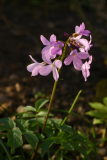Additional notes (click to expand)
Cardamine quinquefolia (M.Bieb.) Schmalh.
Family: BRASSICACEAEGenus: Cardamine
Species: quinquefolia (M.Bieb.) Schmalh.
Common names: Lady's Smock; Milkmaid
Distribution summary: Europe
Habit: Perennial
Hardiness: H6 - Hardy; very cold winter
Habitat: Moist woodland and riverbanks
Garden status: Currently grown
Garden location: Plants of the World (C)
Flowering months: March
Reason for growing: Medicinal
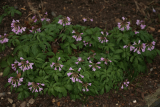
.JPG)
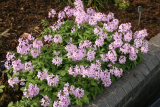
.JPG)
.JPG)
.JPG)
.JPG)
.jpg)
.jpg)
.jpg)
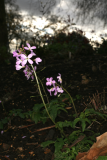

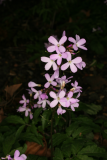
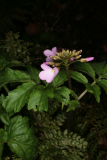
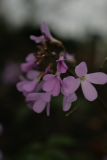
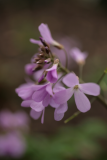
.JPG)
.JPG)
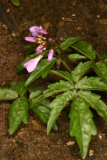
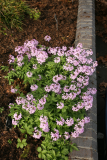
.JPG)
.JPG)
